Projects
Boomlab projects tackle pressing challenges in ocean carbon cycling. Select projects are outlined below
Featured
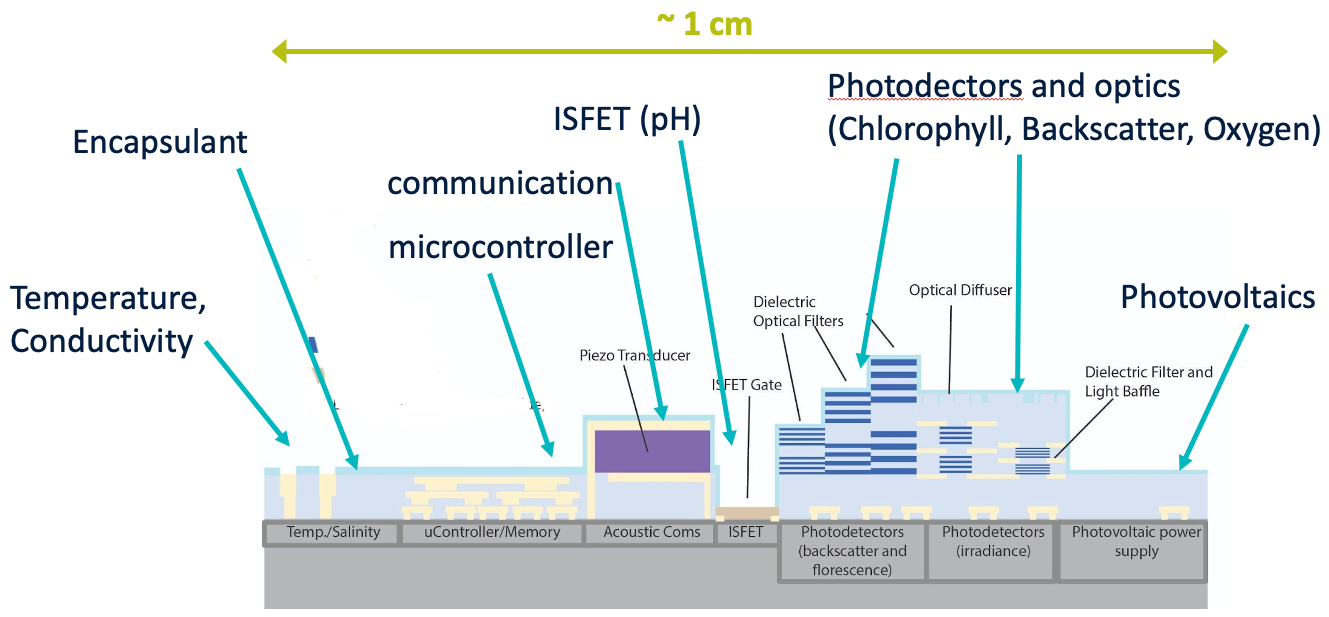
Boomlab is collaborating with U. Penn, U. Michigan and Analog Devices to develop carbon new sensing capabilities

The Global Ocean Biogeochemistry (GO-BGC) Array is a project funded by the US National Science Foundation to build a global network of chemical and biological sensors that will monitor ocean health. Scientists at the Monterey Bay Aquarium Research Institute, the University of Washington, Scripps Institution of Oceanography, Woods Hole Oceanographic Institution, and Princeton University will use this grant to build and deploy 500 robotic ocean-monitoring floats around the globe as part of NSF’s Mid-scale Research Infrastructure-2 program.
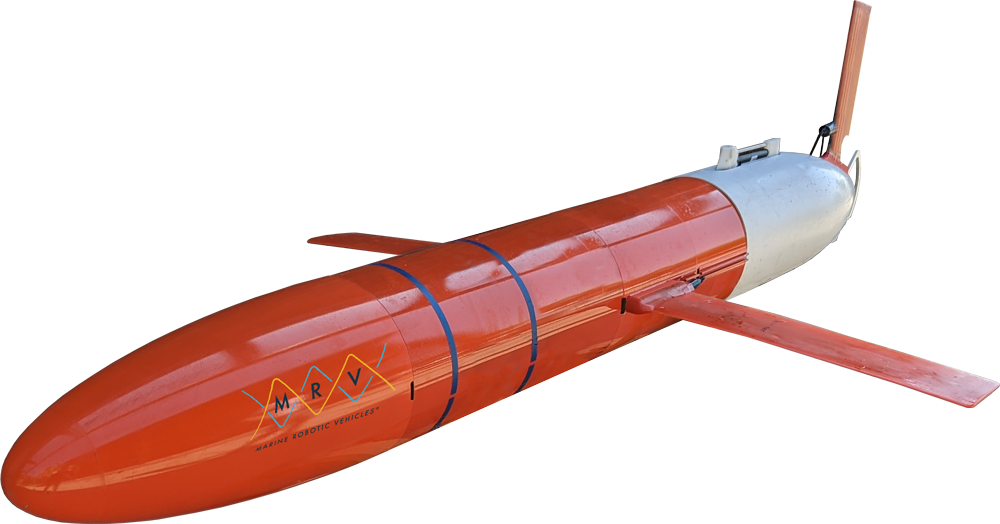
More
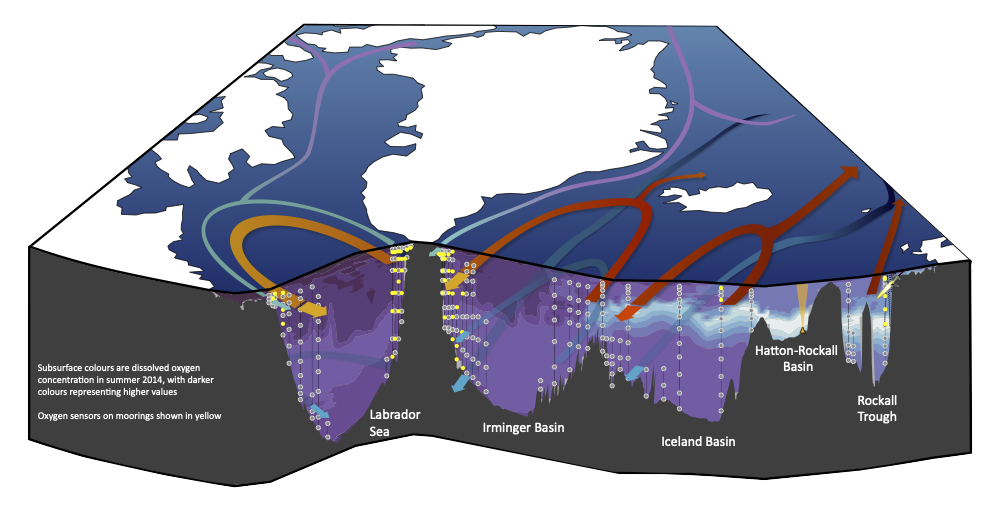
This project adds dissolved gas sensors (oxygen and carbon dioxide) to to the OSNAP subpolar mooring array to investigate the rates and processes governing gas exchange.
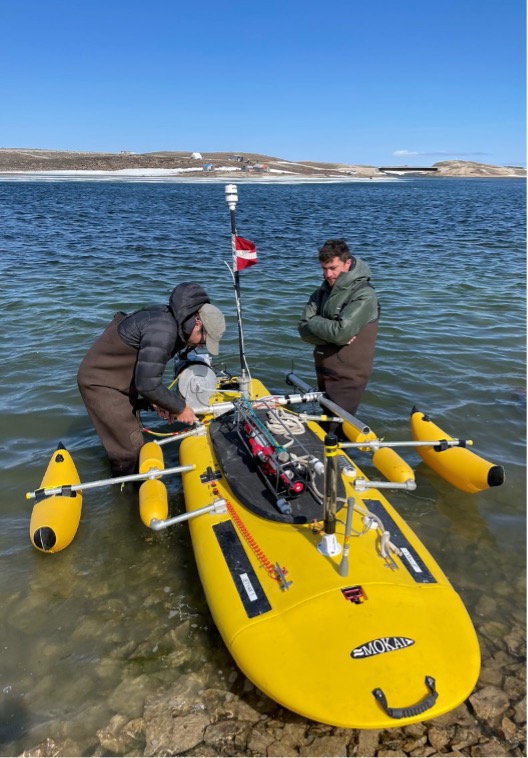
In collaboration with Anna Michel at WHOI, we have adapted a new autonomous surface vehicle to measure dissolved greenhouse gases in coastal environments. Field deployments in Cambridge Bay, Nunavut, in the Canadian Arctic, have demonstrated the utility of this platform for high-resolution mapping of air-sea exchange.
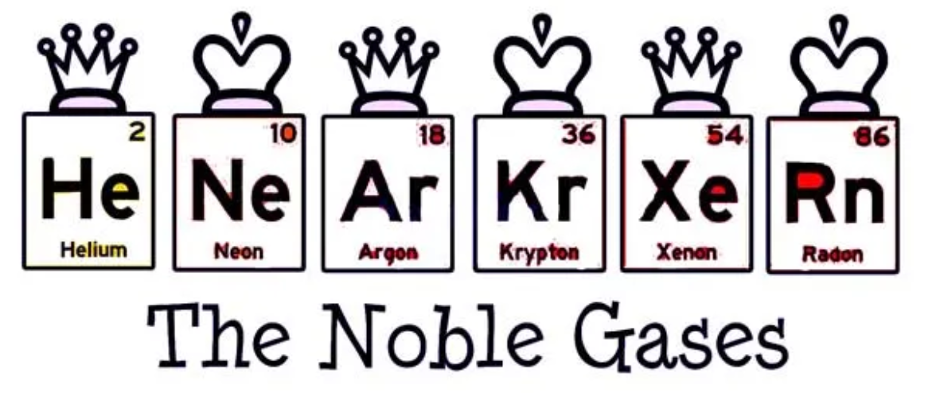
This project uses noble gas tracers to investigate the rates and processes governing gas exchange in the ocean.
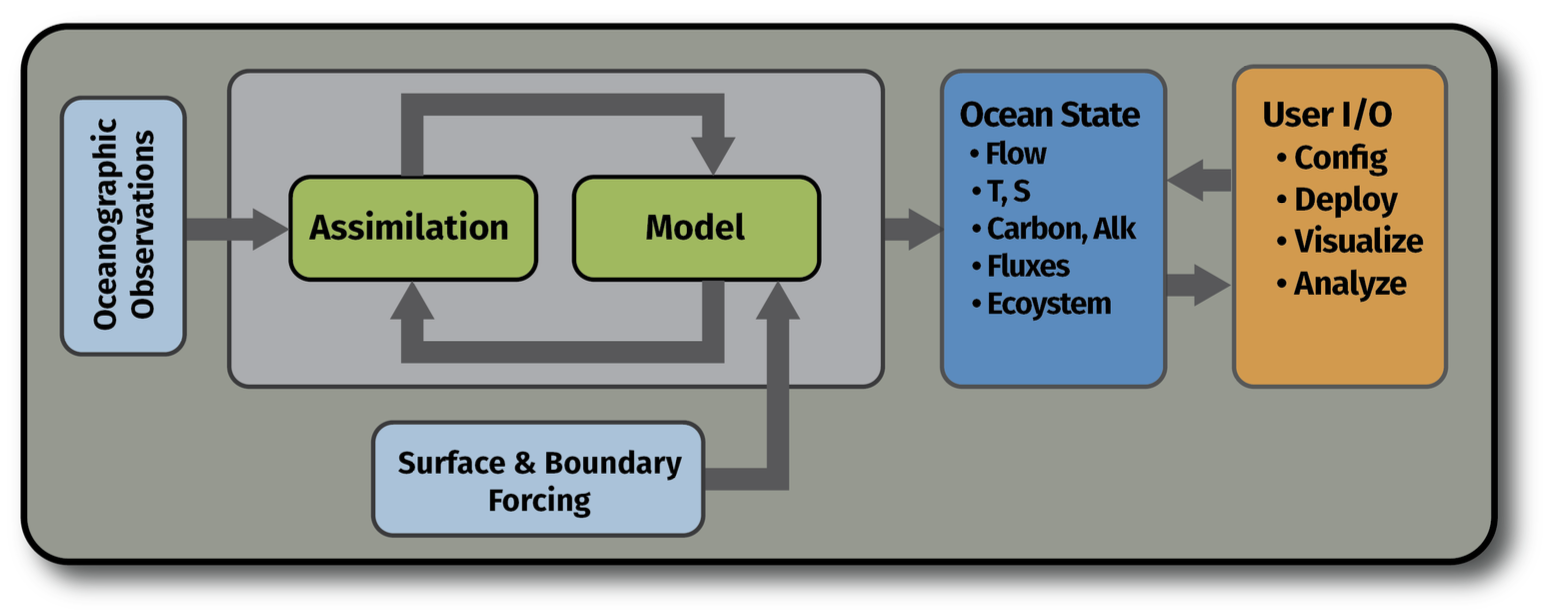
This project augments the capabilities of the Community Earth System Model (CESM) to enable a larger and more multidisciplinary community of users to address important questions about Earth’s oceans. New observational efforts, such as the Ocean Vital Signs Network (OVSN), can leverage the tools generated by this project to design better observing systems, maximize information gained from observations, and ultimately provide the decision support needed to meet stakeholder needs.
Previous

EXPORTS) is a large-scale NASA-led field campaign that will provide critical information for quantifying the export and fate of upper ocean net primary production (NPP) using satellite observations and state of the art ocean technologies.
